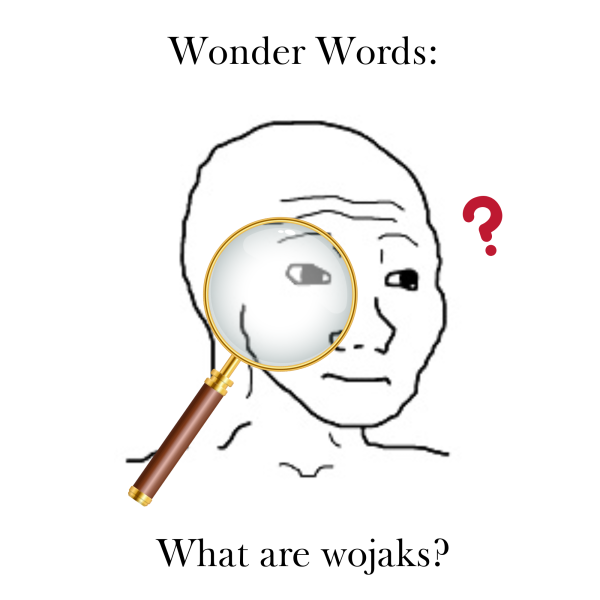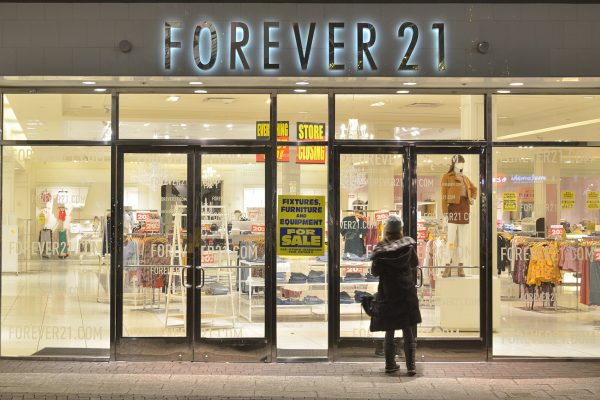Serial: How a Podcast Beat a Prosecution
On October 3, 2014, the Serial podcast’s iconic three-chord intro took America by storm. Underscoring a cacophony of phone calls and reports, the intro gave way to a winding story about motives, evidence, and the trial of a 17-year-old boy named Adnan Syed. Syed was acquitted in September of 2022, now 41 years old. Serial’s major role in this acquittal has made it more than just a pop cultural touchstone, exemplifying how entertainment and media can influence real-life events.
Syed had been arrested for the murder of Hae Min Lee in 1999 and found guilty a year later in Baltimore, Maryland. Fourteen years later, the Serial podcast turned countless eyes across the nation toward Syed’s case. Its episodes laid out different aspects of the conviction, including multiple instances of questionable evidence, discrepancies in both his defense and prosecution, and gaps in the story used to convict him.
Many other pieces of media about Syed’s case followed the release of Serial. This includes two books—one of which was authored by Rabia Chaudry, who originally pitched the idea of covering Adnan Syed to Serial’s host, Sarah Koeing—and a four-hour documentary by HBO.
Chaudry also started her own podcast a few months after Serial’s end, named Undisclosed. The podcast’s first season delved deeper into Syed’s case and uncovered multiple pieces of evidence that Serial did not mention. One of the most significant developments called into question cell phone tower records key to the prosecution against Syed. Syed’s defense attorney, Cristina Gutierrez, failed to bring this to light when arguing for his innocence. As a result, Judge Martin P. Welch granted Syed’s request for a new trial in 2016 on the grounds that Gutierrez did not act as a sufficient defense.
Serial and the media that followed it demonstrate how pop culture can generate real-world impacts. If not for Serial drawing public attention towards Syed, it may have been that his story would simply have vanished, buried under the slew of other cases based on insubstantial evidence. Other true crime podcasts have even had similar effects. For example, Curtis Flowers was convicted of a quadruple murder in Mississippi and was the subject of In the Dark’s second season. After spending 24 years in prison and going through six separate trials, Flowers was finally freed with the help of evidence found through the In the Dark podcast.
But just as popular media can bring forth real benefits, so too can it cause real harm. This is especially true when it comes to the subjects of true crime media, and Serial is no exception. According to an article by the New York Times, Hae Min Lee’s brother Young Lee stated, “This is not a podcast for me…This is real life — a never-ending nightmare for 20-plus years…Whenever I think it’s over, and it’s ended, it always comes back.”
The general ethicality of true crime podcasts like Serial has also been put up for question. As an article by the Vulture states, Sarah Koeing disclosed many speculations in Serial, ones not necessarily backed by fact. This sort of unfiltered theorizing about real crimes could be seen as irresponsible, yet is often promoted by true crime media. Serial’s popularity also caused many to believe they too are qualified to look into Adnan’s case. This idea of opening investigative work to the unqualified public is often cited against podcasts like Serial.
However, whether positive or negative, it is undeniable that Serial has shown something about podcasts, and media in general; just because something is being used worldwide as entertainment, doesn’t mean it can’t have massive, real-world ramifications. That iconic, three-chord intro ingrained itself into American podcast culture as much as the nation’s legal history—and that is an idea that is both inspiring, and terrifying.






